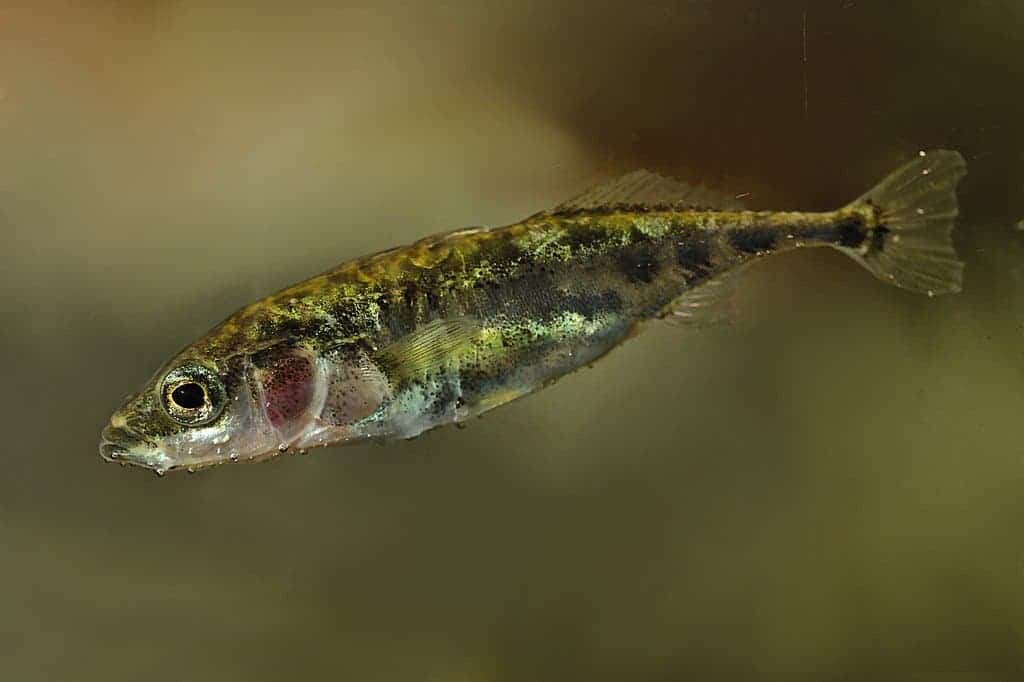New research says that you can, in fact, judge a fish by their cover. Or at least by the way they swim.

A research team with members from Swansea University and the University of Essex reports that the subtle differences in how each fish moves around can be used to determine its overall personality. We still don’t know if the findings translate to humans, or if such an approach can be reliable over the long term, but it’s an interesting place to start from.
A bat of the fins
“These micropersonalities [motions] in fish are like signatures — different and unique to an individual,” explains Dr Ines Fürtbauer, a co-author of the study from Swansea University. “We found the fish’s signatures were the same when we made simple changes to the fish tanks, such as adding additional plants.”
We know that the animal kingdom is quite rich with personality types, in species ranging from ants to apes. Quite like you’d see in humans, animals can be shy, energic, bold, or sedentary. The current paper shows that the same is true with fish.
However, something new that the researchers have found is that we can look at the tiny idiosyncrasies of how fish swim around to learn more about their personality. They recorded 15 three-spined stickleback fish as they went about their day in a tank with two, three, or five plastic plants, in fixed positions. Later, high-resolution tracking was used to chart their movements. The team used this to measure different parameters for every individual including how often they turned and how often they stopped and started moving.
Each fish had distinct and very repeatable movement patterns, so much so that the team could reliably identify the animals based on how they moved. The authors also note that there is a correlation between behavior and movement patterns. Fish which spent more time moving, took more direct approaches, and didn’t “burst travel” very often tended to travel and explore more of the tank, and were also more likely to spend time in open water.
“Our work suggests that simple movement parameters can be viewed as micropersonality traits that give rise to extensive consistent individual differences in behaviors,” says Dr Andrew King from Swansea University, lead author.
“This is significant because it suggests we might be able to quantify personality differences in wild animals as long as we can get fine-scale information on how they are moving; and these types of data are becoming more common with advances in animal tracking technologies.”
It’s not to say that these patterns remain constant, however. The team used a static layout in the experimental tank, and only observed the fish for a short time. We also don’t know if changes in the environment would change their movement patterns or behavior. As such, the next step should be to observe animals’ motion “over longer periods and in the wild will give us this sort of insight and help us better understand not only personality but also how flexible an animal’s behavior is.”
However, it is possible these signatures change gradually over an animal’s lifetime, or abruptly if an animal encounters something new or unexpected in its environment. Tracking animals’ motion over longer periods — in the lab and in the wild — will give us this sort of insight and help us better understand not only personality but also how flexible an animal’s behavior is,” says Dr Ines Fürtbauer, a co-author of the study from Swansea University.
The paper ““Micropersonality” traits and their implications for behavioral and movement ecology research” has been published in the journal Ecology and Evolution.
Was this helpful?



